- 180shares
- 180
Palmerston Island is a coral atoll that’s part of the Cook Islands in the South Pacific Ocean

Palmerston Island is the true real-life representation of slow living. There is not a single shop or grocery store there. To make a living, people engage in fishing and harvesting coconuts and in their free time, they make jewelry, play volleyball, or swim. However, they do have electricity and even the Internet, but only for a couple of hours a day. Some lucky few even have mobile phones and there’s even a satellite TV. But no one is selling anything there – money is only used to buy supplies from the outside world. There are only two toilets on the island and inhabitants collect rainwater for drinking. Life there really seems idyllic – especially on Sundays when the church bell rings to summon people for a service after which no work or play is allowed as the island slowly descends into a balmy evening.
Today, 62 people call the island their home
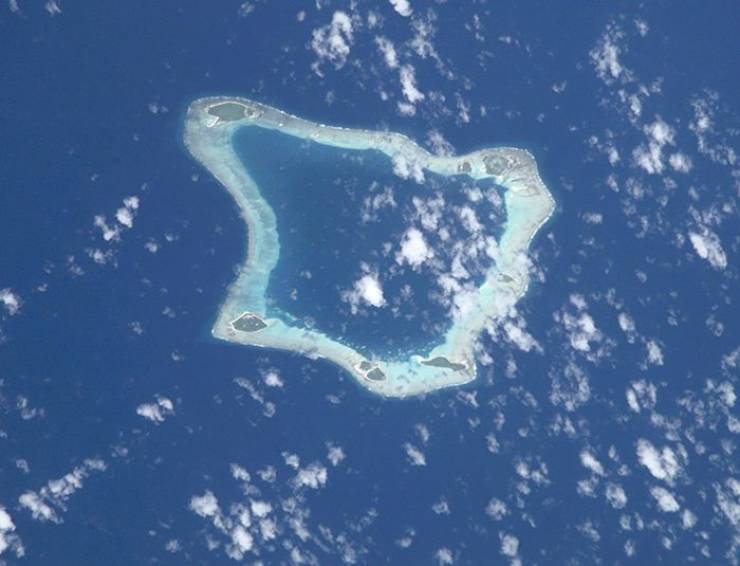
Palmerston town is located on the summit of an ancient submerged volcano, a formation that’s also called an atoll. The atoll is composed of more than a dozen sandy coral islets which together form a ring along a coral reef and enclose a lagoon. For better or worse, the reef sits too high at the surface, therefore, no planes can land on it while helicopters don’t have the range to reach the place – making it only accessible by boat.
The island has a school, a church, and even a bar
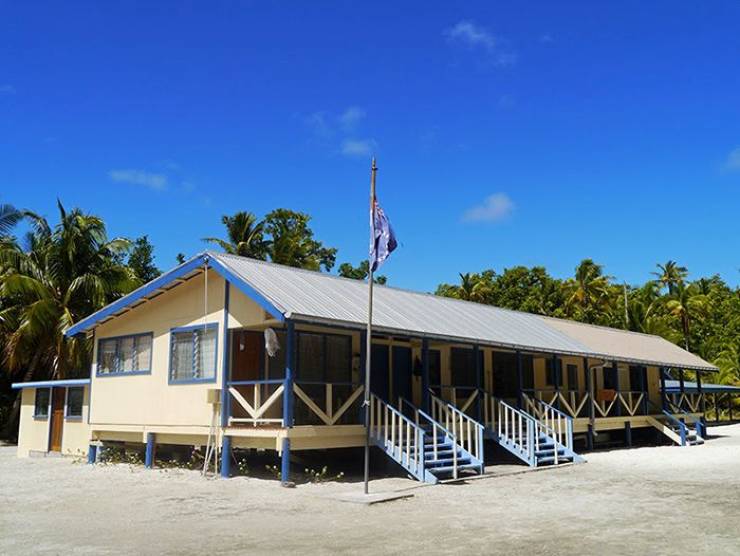
On one hand, the isolated life of Palmerston is beneficial for the island itself as it remains unspoiled. On the other hand, though, the remoteness of the place can sometimes impose certain struggles (and sometimes even dangers) for its inhabitants. For example, a single visit to the dentist can take months – only a few days to get there but an indefinite period of time to find your way back as arranging transport is fairly difficult on the Cook Islands.
Palmerston Island was inhabited in 19th century by an English carpenter William Marsters and his three wives
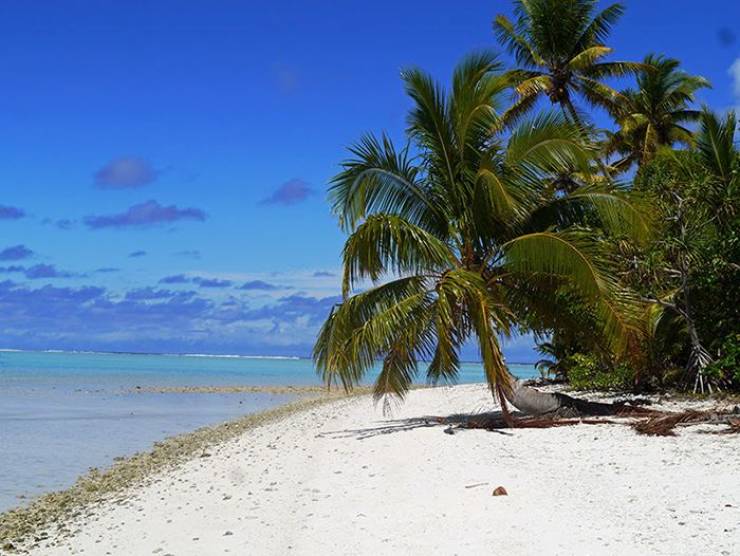
Palmerston Island rests among the Cook Islands which are named after the explorer James Cook who is credited with the discovery of the islands in our modern times. After the discovery, no humans lived on the island for more than eight decades. Then the Englishman named William Marsters came across Palmerston in the middle of the nineteenth century and immediately fell in love with it. At that point of time, Palmerston was owned by a British merchant, John Brander, whom William met in Tahiti and who would later appoint William as a caretaker of Palmerston and let him grow and harvest coconut trees there. He moved there in 1863 together with his wife, a Polynesian woman, and two of her cousins (whom he later married, too).
William Marsters survived off of trading coconut oil for food and supplies
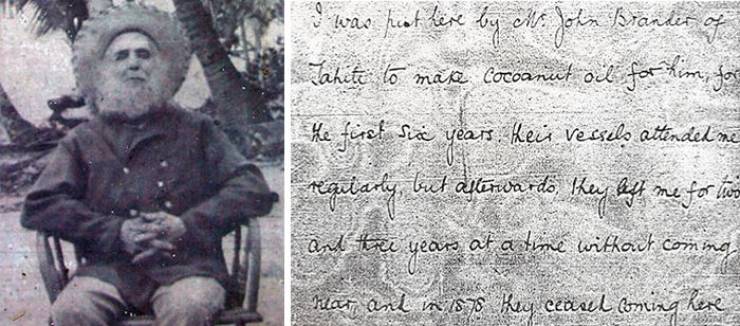
Twice a year, a ship would come to the island with food and necessary supplies and William would give coconut oil in exchange. But afterward, the visits became sparse – the span between them stretched out into three years and eventually ceased altogether. A letter from William Marsters dated the 6th of January, 1888, reads: “I was put here by Mr John Brander of Tahiti to make coconut oil for him. For the first six years, their vessels attended to me regularly but afterwards, they left me for two or three years at a time without coming near and in 1878, they ceased coming here”. However, being an industrious man, William found a way to survive.
The original homestead of William Marsters is still standing that was built from shipwreck timber
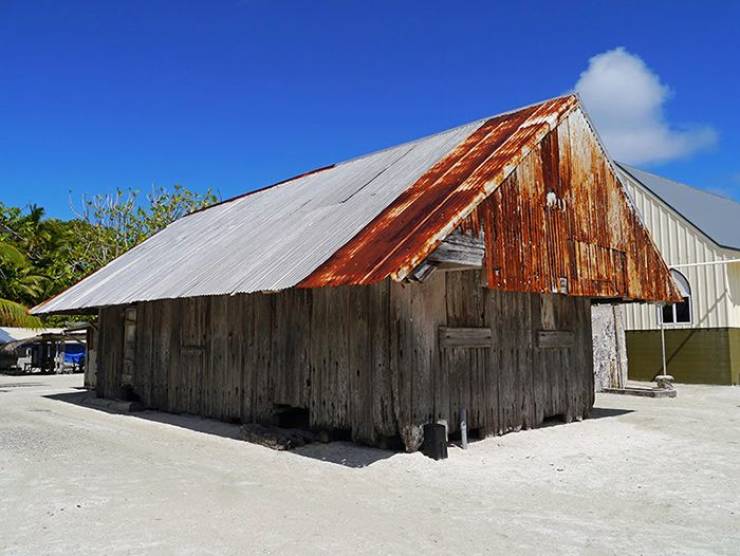
When John Brander, the owner of the island died, William Marsters was granted possession of Palmerston by Queen Victoria. Before his death in 1899 – when his coconut trees were destroyed by blight and he died of malnutrition – he split the island into three parts, one for each of his wives. Over time, the population grew and today, all of the residents except for three are direct descendants of his.
Around 300 people were living on the small island between 1950 and 1970
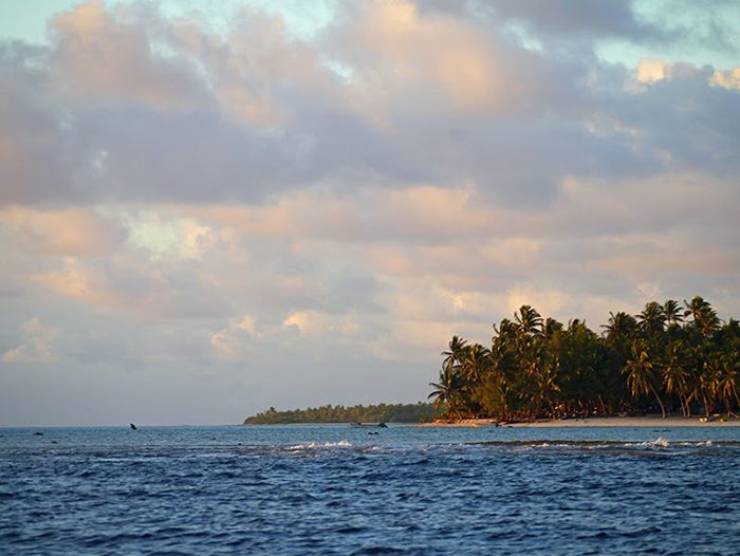
A huge number of the former residents have left and the small population that’s left is at a high risk of incest. There are cases where people got married only to later find out that they were closely related. As the Mayor of Palmerston once confessed to the media: “Her [wife’s] father and my father were brothers. I didn’t know it but by the time we found out, it was too late and we already had kids… There’s nobody on the island, that’s why the intermarriage is going on.” This is one of the reasons why the population of the island is steadily decreasing as young people want to have more options for marriage and give birth to healthy children.
Today, the population of Palmerston is steadily declining as young people are eager to leave
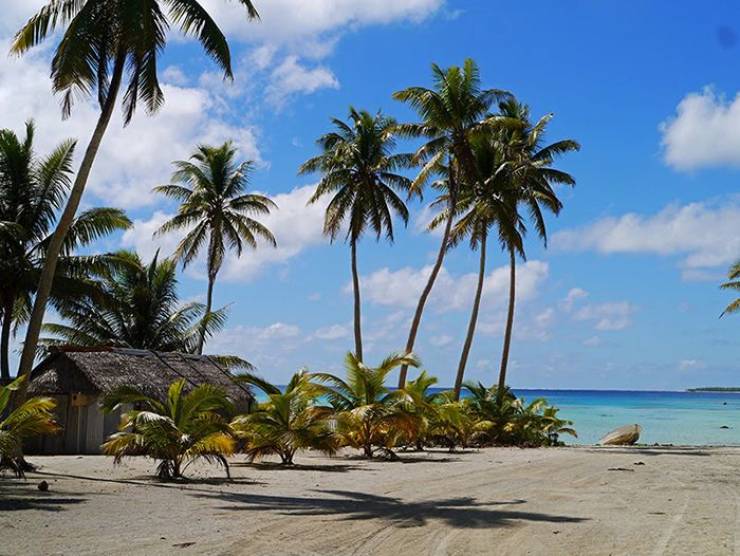
The residents of the island have more land than they can farm so they are reaching out to the world hoping to attract migrants to inhabit the place but so far, there are no volunteers to live on the edge of the earth.
- 180shares
- 180
 Barnorama All Fun In The Barn
Barnorama All Fun In The Barn